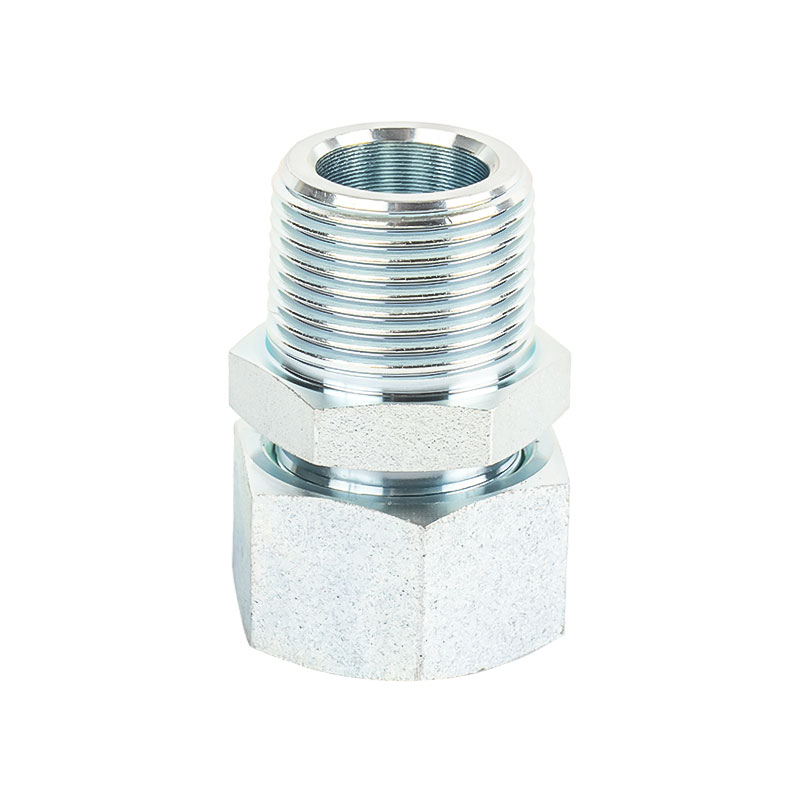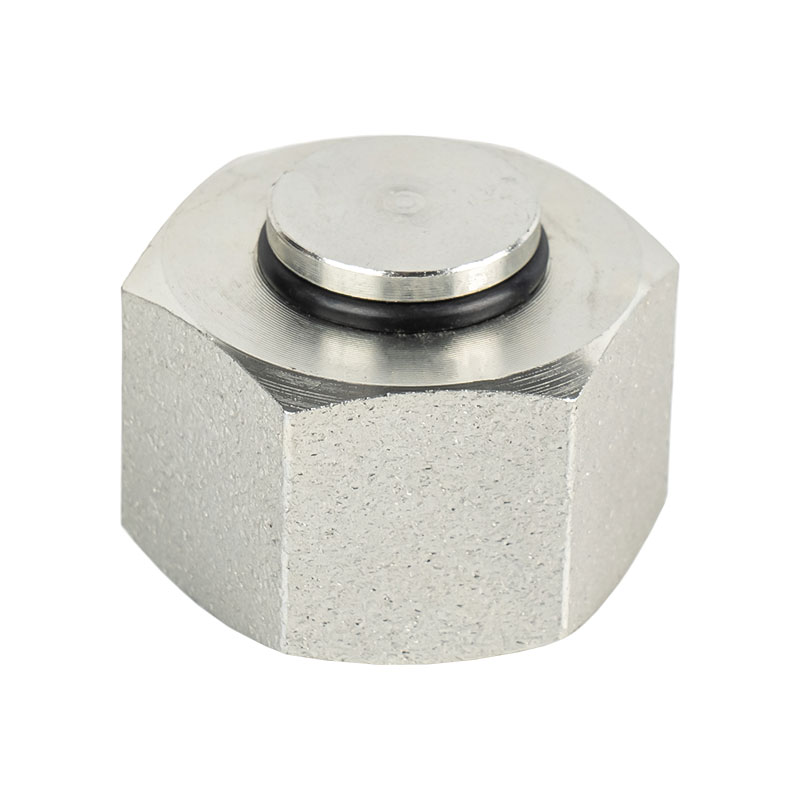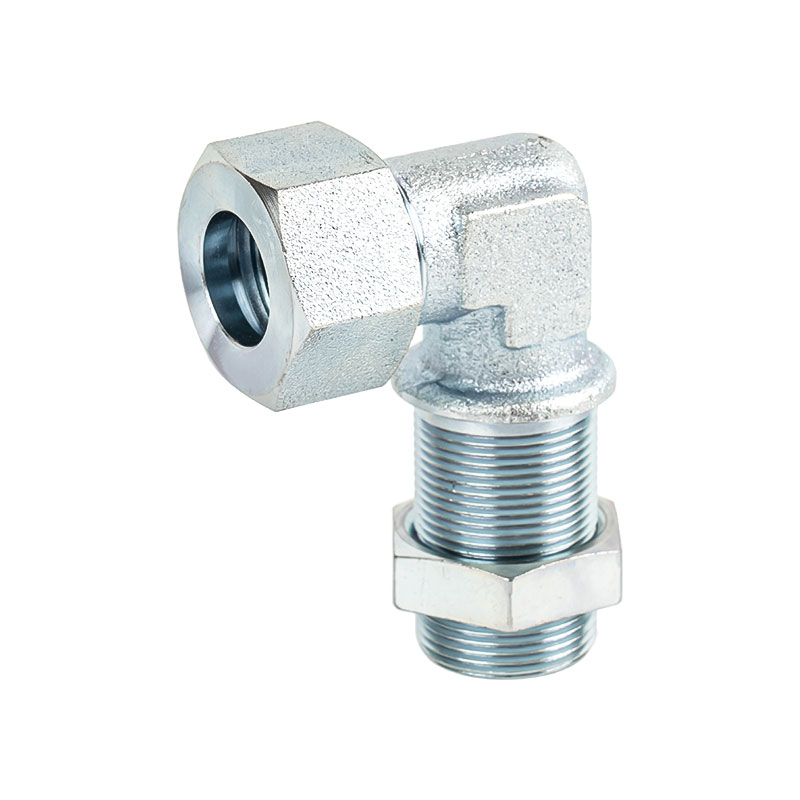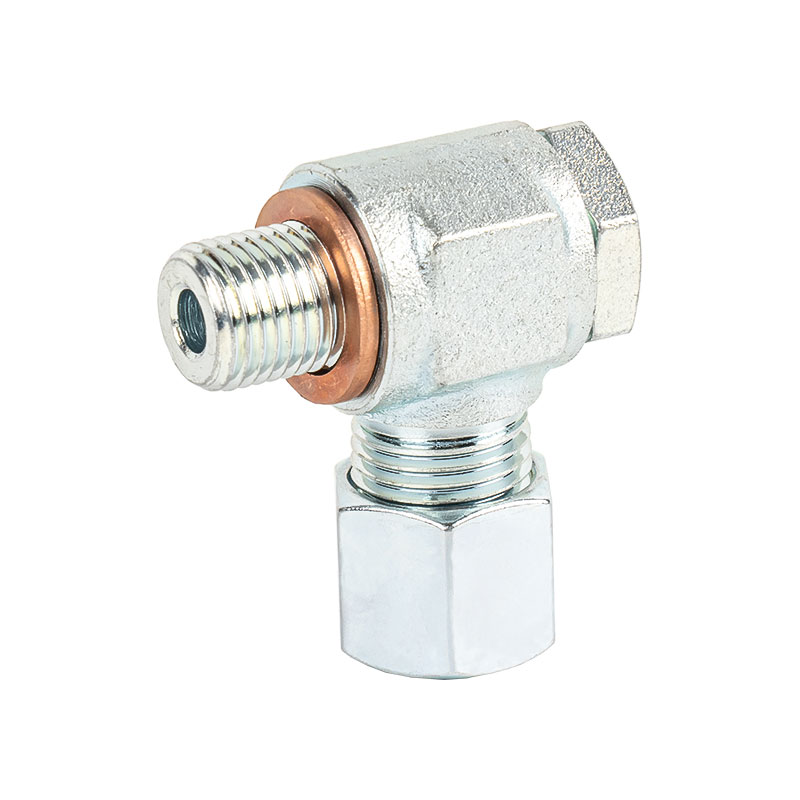Understanding the Causes of Leakage in Hydraulic Adapter Fittings
Leakage issues in hydraulic adapter fittings often result from several interacting factors, including improper installation, incompatible materials, excessive vibration, and deterioration over time. Hydraulic systems work under high pressure, meaning that even slight misalignment or surface defects can lead to seepage at connection points. Many leaks originate from thread damage or insufficient sealing due to choosing the wrong sealing method for a specific fitting type. In addition, contamination inside the hydraulic lines may interfere with proper sealing by preventing full contact between mating surfaces. Temperature variations can also influence leakage by causing metal components to expand or contract, weakening the integrity of the seal. Understanding these root causes allows operators and maintenance teams to implement preventive measures to maintain system reliability.
Selecting Appropriate Hydraulic Adapter Fitting Types
Different hydraulic applications require specific fitting configurations to ensure proper sealing capability and pressure resistance. Choosing the correct type of adapter fitting is crucial to reducing leakage risk. Common types include flare fittings, O-ring face seal fittings, pipe thread fittings, and bite-type fittings. Each has unique characteristics that influence performance. For example, O-ring face seal fittings provide reliable sealing through elastomer compression, while flare fittings rely on metal-to-metal contact. Pipe thread fittings require sealant to fill gaps between threads. When selecting fittings, factors such as operating pressure, fluid type, temperature range, and vibration exposure must be considered. Ensuring compatibility between the fitting material and hydraulic fluid also prevents premature wear and potential leakage. Proper selection forms the foundation for long-term sealing stability.
Importance of Material Compatibility in Preventing Leakage
The material used for hydraulic adapter fittings significantly affects their resistance to corrosion, wear, and deformation. Common materials include carbon steel, stainless steel, brass, and certain alloys designed for high-pressure environments. Corrosion can create surface pitting, which reduces sealing effectiveness and increases leak risk. Stainless steel offers strong corrosion resistance, while carbon steel is often chosen for high-pressure systems but may require protective coatings. Brass fittings are suitable for lower-pressure applications and specific fluid types. Material compatibility also relates to chemical resistance; some hydraulic fluids may degrade certain metals or O-rings. Using incompatible materials accelerates breakdown and leads to leakage issues. Therefore, understanding the working environment and fluid chemistry is essential for selecting fittings that maintain long-term performance.
Installation Techniques That Reduce Leakage Risks
Proper installation practices are crucial for avoiding leakage in hydraulic adapter fittings. Misaligned components, cross-threading, or improper torque can all lead to sealing failures. Installers must ensure that threads are clean, undamaged, and properly lubricated when required. Following torque specifications is essential because overtightening can distort metal surfaces or crush O-rings, while insufficient tightening prevents proper sealing. Using calibrated torque tools improves accuracy. It is also necessary to ensure that the mating surfaces are correctly aligned before tightening to avoid creating mechanical stress or gaps. For fittings that require sealants, using the recommended type and applying the correct amount is important. These installation steps help ensure that the fittings form a secure and stable seal capable of withstanding operational pressures.
Routine Inspection and Maintenance of Hydraulic Adapter Fittings
Regular inspection helps identify early signs of wear or deterioration that could lead to leakage. Technicians should check for cracks, corrosion, thread deformation, and damage to sealing surfaces. O-rings and other elastomer seals may degrade over time due to temperature fluctuations or exposure to chemicals in hydraulic fluids. Replacing worn seals before they fail is an important preventive step. Vibration can also loosen fittings gradually, so periodic retightening at safe torque levels may be necessary. Additionally, maintenance practices include keeping the hydraulic system clean by replacing filters and removing contamination that could interfere with sealing surfaces. These steps support consistent performance and reduce the probability of unexpected leakage events.
The Role of O-Rings and Sealing Elements
O-rings and sealing elements play a key role in preventing hydraulic leakage. The quality, material, and condition of these components directly affect sealing performance. Common materials for O-rings include nitrile rubber, fluorocarbon rubber, and polyurethane, each offering different resistance levels to temperature, pressure, and fluid types. O-rings must be properly sized and free from cuts, cracks, or flattening to maintain sealing capability. During installation, lubrication helps prevent twisting or pinching that could compromise their effectiveness. In some applications, backup rings are used to support the O-ring under high pressure, preventing extrusion. Selecting the correct type of sealing element based on system requirements significantly enhances reliability and leak prevention.
Influence of System Pressure and Vibration
Hydraulic systems often operate under fluctuating pressure conditions, and excessive pressure can stress adapter fittings, leading to deformation or seal failure. Proper selection of pressure-rated fittings is therefore essential. Systems with high vibration levels, such as mobile machinery or equipment in harsh environments, can cause fittings to loosen over time. Using vibration-resistant fittings or incorporating additional support brackets helps limit movement at connection points. Designers may also choose locking mechanisms that prevent rotational loosening. Monitoring system pressure regularly and ensuring that relief valves are functioning correctly also help reduce stress on fittings. These strategies address mechanical factors that contribute to leakage under dynamic operating conditions.
Effect of Contamination on Hydraulic Fitting Performance
Contamination in hydraulic systems, such as metal particles, dirt, or degraded fluid components, can interfere with proper sealing by preventing full contact between fitting surfaces. These contaminants may scratch sealing surfaces or obstruct threads, creating small channels through which fluid can escape. Maintaining a clean hydraulic environment is crucial for preventing such issues. Regular filter changes, fluid sampling, and using clean containers during maintenance reduce contamination levels. Additionally, keeping caps and plugs on open fittings during installation prevents debris from entering the system. Effective contamination control promotes consistent sealing performance and minimizes leakage risks throughout the hydraulic system.
Common Leakage Causes and Preventive Solutions
| Leakage Cause | Description | Preventive Measure |
|---|---|---|
| Improper torque | Overtightening or undertightening affects seal integrity | Follow torque specifications with calibrated tools |
| Material incompatibility | Corrosion or chemical reaction weakens fitting surfaces | Select materials based on fluid and environmental conditions |
| Damaged threads | Deformation leads to misalignment and insufficient sealing | Inspect and replace damaged components before installation |
| Seal deterioration | O-rings become brittle or deformed over time | Use compatible seals and replace them during maintenance |
| Contamination | Debris interferes with sealing surfaces | Implement system cleanliness and filtration practices |
Advantages of Using High-Quality Hydraulic Adapter Fittings
High-quality hydraulic adapter fittings contribute to lower leakage risk by offering stable dimensional accuracy, reliable materials, and consistent thread quality. These fittings undergo precise machining processes that ensure uniformity and smooth surface finishes, both of which are essential for effective sealing. Manufacturers of premium fittings often adhere to industry standards such as SAE, ISO, and DIN, ensuring compatibility across various hydraulic systems. Enhanced corrosion resistance, improved pressure ratings, and durable sealing components increase long-term reliability. The use of advanced manufacturing technologies, such as CNC machining, helps achieve tight tolerances that reduce the chance of misalignment during installation. Investing in well-produced fittings helps reduce maintenance costs and downtime in hydraulic applications.
Best Practices for Long-Term Leak Prevention
Implementing best practices ensures that hydraulic adapter fittings perform reliably over extended periods. These practices include selecting the right fitting type for the application, using proper installation techniques, and following maintenance schedules. Additionally, operators should monitor system performance by checking for pressure fluctuations, unusual vibrations, or visible signs of seepage. Replacing worn parts early prevents minor issues from escalating into major failures. Using manufacturer-approved sealants, lubricants, and replacement components also supports system stability. Combining these best practices with regular training for maintenance personnel ensures that hydraulic systems remain efficient, safe, and resistant to leakage issues across a wide range of operating conditions.

 中文简体
中文简体








